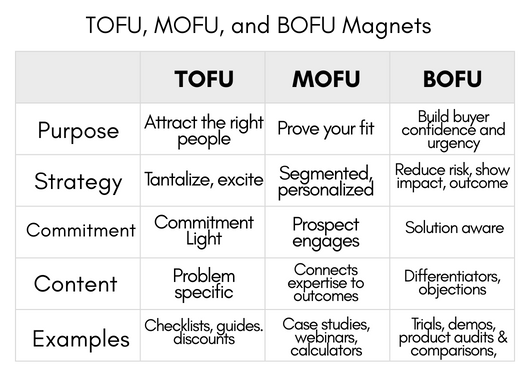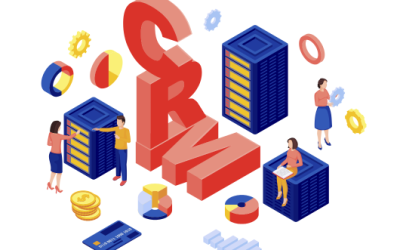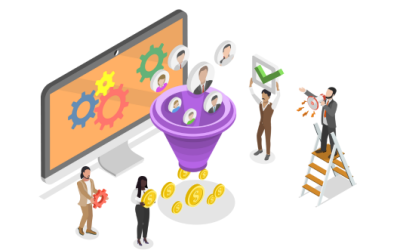[vc_row][vc_column][vc_column_text]We know that a CRM is used to organize, interact, nurture, and retain customers. The CRM gives us the tools to reduce follow up fatigue and provide better customer service through automation, email marketing, and guiding customers through the buyer and customer’s journey.
A CRM can also be used as a business intelligence tool so you can analyze customer behavior. Why is this important? After all, CRM is just a tool to centralize and build your relationship with customers. Right? This is true, but customers change. Different variables are a factor in how customers buy. Variables include economy, demographic, buying frequency, and how they interact with you. Therefore, you need to continuously analyze your customer’s behavior patterns. This is why it is important to take advantage of your CRM as a business intelligence tool.
A simple definition of business intelligence is a process to centralize your data, organize it, and visualize it. The purpose of business intelligence is to provide insight and support, so you can make better business decisions.
Let’s look at 3 ways you can use your CRM as a business intelligence tool.
Segment your customers
We often speak about segmenting data in our articles, because we know not all customers are the same. For example, if you are a realtor, you know that a young married couple has different needs and interests than a couple with 4 children. Naturally, you are going to show them different houses. When you segment your customers by demographic, age, the season of life, buying frequency, and other variables, you can better understand your customers in each segment. You are using business intelligence by organizing your data, so you can make better decisions and deliver the best content or offering to each segment.
Track historical trends
Spanish philosopher, George Santayana, is credited with saying, “Those who don’t know history are destined to repeat it.” In business, like in other areas of life, this is true. We learn from history. If we choose to disregard history, we repeat it. Continuing with the realtor example, the realtor can look at historical trends and see that couples with children are more likely to buy during the summer, whereas a newly married couple may be more than likely to buy during a “school year.” The realtor can also look through historical data to see how buyers and sellers respond during economic high and low times. You are using the data collected in your CRM to track historical patterns and trends, so you make better predictions, and be prepared to respond accordingly.
Visualize your data
We are visual people. That is why we like illustrations when we read a story because it helps us visualize the story itself. CRM dashboards are visual storyboards. They help you see the big picture. The realtor, as an example, can create a CRM dashboard to visualize the time it takes a buyer from choosing a house to closing. In the visual report, they can compare the timeline of different segments, so they can see which segment closes the quickest with the highest return of commission. When you are creating dashboards in your CRM, you are, like the realtor, creating business intelligence visuals to help you to know how much time to invest in each segment.
Conclusion
Business intelligence is not software. It is a process. Our CRM, X2CRM, gives you tools and features to use business intelligence to help you make better decisions. When we implement the CRM for you, we take it a step further. We configure X2CRM to align with your business goals so that you are ready to use it on day one so that you can start making decisions based on your data. Contact us at 301-332-0613 or fill out the form to ask questions or schedule a demo of X2CRM.






